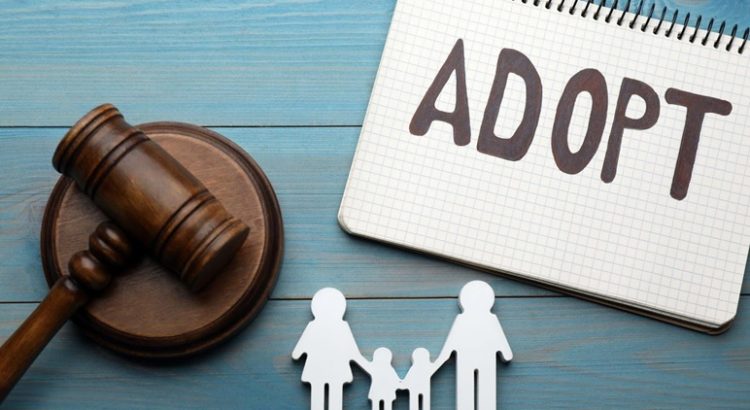Adoption offers a wonderful path to expand your family. When contemplating adoption, you will encounter closed and open adoption options.
What is an open adoption?
An open adoption can be defined simply as an adoption where both the adoptive and birth families exchange identifying information and maintain contact during and after the adoption procedure.
-
Identifying information
This may include sharing of the following:
- First and last names
- Phone numbers
- Personal email addresses
- Other personal information.
-
Contact
It can involve the following:
- Communication before and after the adoption
- Including phone calls
- Sharing emails
- In-person visits.
Within this definition, there is substantial room for variation. Open adoptions differ greatly. What constitutes an open adoption for one family may contrast significantly with another.
Some imagine open adoption as a close-knit relationship featuring regular in-person visits and constant communication, where adoptive parents seek the birth mother’s input on every parenting decision.
However, it is crucial to acknowledge that open adoption spans a wide spectrum of interactions and can be uniquely defined by each family involved.
In open adoptions, in-person visits and phone calls represent possible forms of contact, but they are not the exclusive ones. It is essential to note that open adoption does not equate to co-parenting.
Instead, the extent and nature of contact in open adoption can differ significantly. The level of contact is determined by the birth parents’ preferences and the agreements made with the adoptive family.
Open adoption encompasses a broad spectrum of possibilities, with specific arrangements tailored to individual circumstances and the sanctity of human life.
What is the process involved in open adoption?
- Open adoption involves varying degrees of contact between birth parents, adoptive parents, and the adopted child.
- It encompasses sharing identifying information, contact details, photos, letters, and medical information.
- In an open adoption, prospective adoptive parents typically register with a public or private adoption agency, which assists in the child placement process.
- Alternatively, some opt for independent adoption facilitated by an adoption lawyer, bypassing agencies.
- Open adoption entails transparency, where records and contact details of both birth and adoptive parents are accessible to the involved parties, including the child, fostering a more open and connected adoption experience.
Open adoptions enable birth parents to maintain a presence in their child’s life. While they may be unable to care for their children, they can provide a better life and stay connected through the adoptive family directly, ensuring the child’s well-being and happiness.
Choosing between open and closed adoption
When deciding on adoption, consider your contact preferences with the birth parents. Open adoption involves regular contact, semi-open allows minimal interaction, and closed adoption offers privacy.
It is advisable to consult with a local adoption agency or an adoption lawyer to ensure that you find the most suitable adoption approach for your specific circumstances. They can guide the varying adoption laws that exist from state to state.
A clear understanding of these options and legal obligations will empower you to make an informed decision that aligns with your openness and comfort level preferences during the adoption process.





